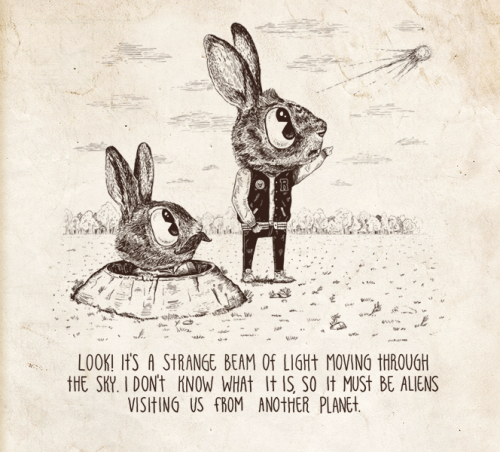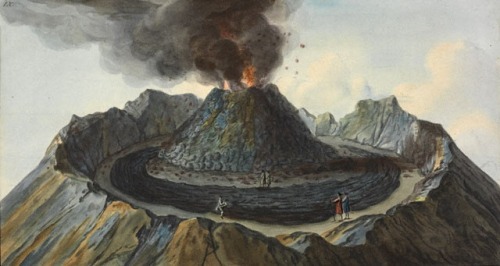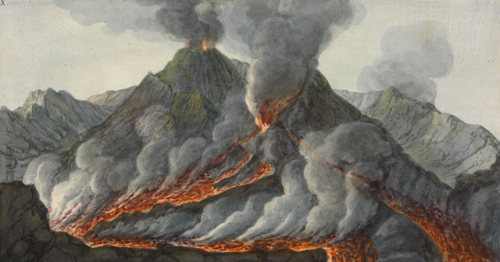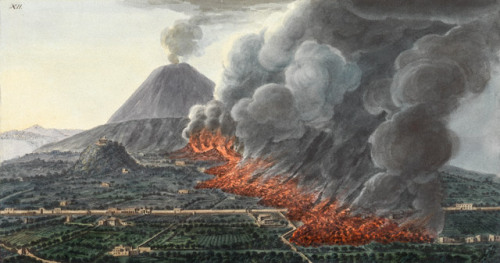from Tumblr http://blinkingline.org/post/106237944309
via IFTTT
Month: December 2014
Photo

from Tumblr http://blinkingline.org/post/106151246653
via IFTTT
prostheticknowledge: Stanley Kubrick covered in party…

Stanley Kubrick covered in party spray
Just posted by his daughter, Vivian Kubrick, on her Twitter account:
Xmas1983: Father’s need to remain composed after being ambushed by daughter with a luminous green spray-string can.
from Tumblr http://blinkingline.org/post/106138992918
via IFTTT
Photo

from Tumblr http://blinkingline.org/post/106080389475
via IFTTT
Photo

from Tumblr http://blinkingline.org/post/106067849201
via IFTTT
Photo

from Tumblr http://blinkingline.org/post/106066265696
via IFTTT
Santa the Hutt (by betabrand
Today in Space

As seen in this image, the disk of IC 335 appears edge-on from the vantage point of Earth. This makes it harder for astronomers to classify it, as most of the characteristics of a galaxy’s morphology — the arms of a spiral or the bar across the center — are only visible on its face. Still, the 45 000 light-year-long galaxy could be classified as an S0 type.
These lenticular galaxies are an intermediate state in galaxy morphological classification schemes between true spiral and elliptical galaxies. They have a thin stellar disk and a bulge, like spiral galaxies, but in contrast to typical spiral galaxies they have used up most of the interstellar medium. Only a few new stars can be created out of the material that is left and the star formation rate is very low. Hence, the population of stars in S0 galaxies consists mainly of aging stars, very similar to the star population in elliptical galaxies.
As S0 galaxies have only ill-defined spiral arms they are easily mistaken for elliptical galaxies if they are seen inclined face-on or edge-on as IC 335 here. And indeed, despite the morphological differences between S0 and elliptical class galaxies, they share some common characteristics, like typical sizes and spectral features.
Both classes are also deemed “early-type” galaxies, because they are evolving passively. However, while elliptical galaxies may be passively evolving when we observe them, they have usually had violent interactions with other galaxies in their past. In contrast, S0 galaxies are either aging and fading spiral galaxies, which never had any interactions with other galaxies, or they are the aging result of a single merger between two spiral galaxies in the past. The exact nature of these galaxies is still a matter of debate.
European Space Agency
Credit: ESA/Hubble and NASA via NASA http://www.nasa.gov/content/goddard/hubble-sees-the-beautiful-side-of-ic-335
design-is-fine: Peter Fabris, Campi Phlegraei, Interior view…





Peter Fabris, Campi Phlegraei, Interior view and specimens of curious stones found on Mount Vesuvius, 1776. Engraving, hand-colored. Source
The Campi Phlegraei is a first-hand report which documents the late 18th century eruptions of the volcano. The work is named for the area around Naples known as the Campi Phlegraei or “flaming fields”. It was a popular destination for travelers undertaking the Grand Tour. Read more here.
from Tumblr http://blinkingline.org/post/105972074607
via IFTTT
Today in Space

At this time of year, only south-facing slopes retain the frost, while the north-facing slopes have melted. Gullies are not the only active geologic process going on here. A small crater is visible at the bottom of the slope.
The image was acquired on Nov. 30, 2014, by the High Resolution Imaging Science Experiment (HiRISE) camera, one of six instruments on NASA’s Mars Reconnaissance Orbiter. The University of Arizona, Tucson, operates HiRISE, which was built by Ball Aerospace & Technologies Corp., Boulder, Colorado. NASA’s Jet Propulsion Laboratory, a division of the California Institute of Technology in Pasadena, manages the Mars Reconnaissance Orbiter Project for NASA’s Science Mission Directorate, Washington.
> More information and image products
Image Credit: NASA/JPL-Caltech/University of Arizona
Caption: Livio Tornabene, Ryan Hopkins, Kayle Hansen and Eric Pilles via NASA http://www.nasa.gov/content/frosty-slopes-on-mars
